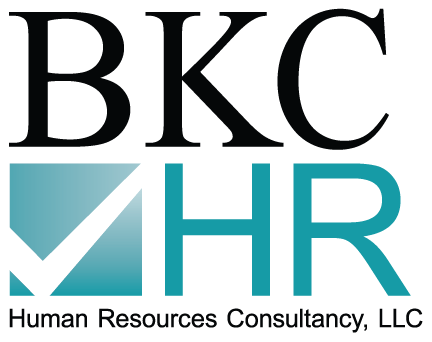 A donor’s perception of your organization is very important in making the decision on where to contribute their hard earned dollars.
A donor’s perception of your organization is very important in making the decision on where to contribute their hard earned dollars.
It is useful to think about how donors view your non-profit organization. Some questions donors may consider include the following:
- Are the organization’s resources allocated in the most efficient manner in order to fulfill the organization’s mission?
- Has the organization become an overhead laden organization with a bloated budget that seems to be in the business of paying large salaries, rich benefits and other costs which provide little or no benefit to the organization’s programs?
To answer these questions, one can make a fairly educated guess by simply reviewing the breakdown of an organization’s expenses shown in their financial statements or Federal Form 990. If your organization is not clearly and accurately allocating its costs, you may not be presenting it in the most positive light to donors.
Expenditures of a non-profit organization are broken down into three main categories: program expenses, administrative expenses and fundraising expenses. The percentage of each category compared with an organization’s total expenditures is the main metric used by potential donors. A higher administrative cost ratio may lead a donor to conclude that the entity’s programs are not being funded in the most efficient manner. Donors typically want to ensure that their donations are going towards the organizations programs rather than into an executive’s pocket, or an entity’s infrastructure. Donors may instead choose to donate to another organization whose program cost ratio is higher, indicating that the entity is much more efficient in maximizing the use of its dollars towards meeting the organization’s exempt purpose. Acceptable program, administrative and fundraising ratios vary based on the type of non-profit organization and its overall budget. It may be helpful to compare your organization’s cost allocations with other organizations of similar type to make sure your allocations appear reasonable.
What does cost allocation mean? An organization’s costs consist of direct costs (those costs which can be attributed to a specific function within the organization) and indirect costs (those costs which are not directly attributed towards a specific function). Some examples of direct costs would be supplies used in the organization’s programs or the salaries of those individuals implementing the organization’s programs. Indirect costs typically consist of rent, insurance, maintenance etc., all of which benefit programs (indirectly) and non-programs, and should be allocated accordingly as program, administrative or fundraising expenses.
How should these costs be allocated? How should rent be allocated? Is it all programs? Should costs associated with our newsletter be treated as administrative or a combination of program, administrative and fundraising? These types of questions can all be answered by developing a reliable cost allocation plan. Having a cost allocation plan ensures that indirect costs will be apportioned in an objective and consistent manner. This will allow your organization to accurately reflect a clearer picture of how a donor’s contributions will be used.
If your organization needs assistance with its cost allocation or if you have any questions regarding your nonprofit, please contact us at (908)782-7900 or email info@bkc-cpa.com.




